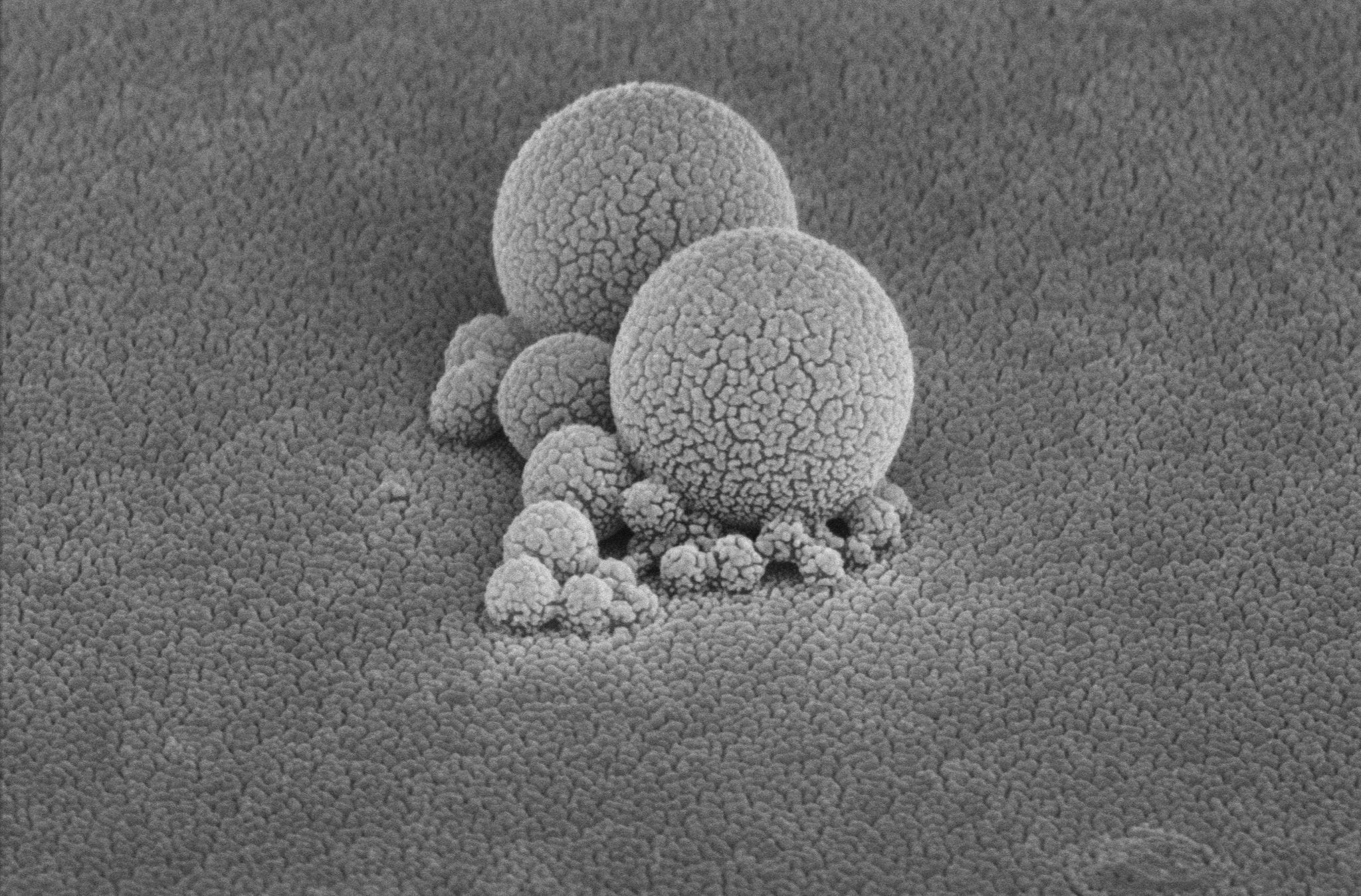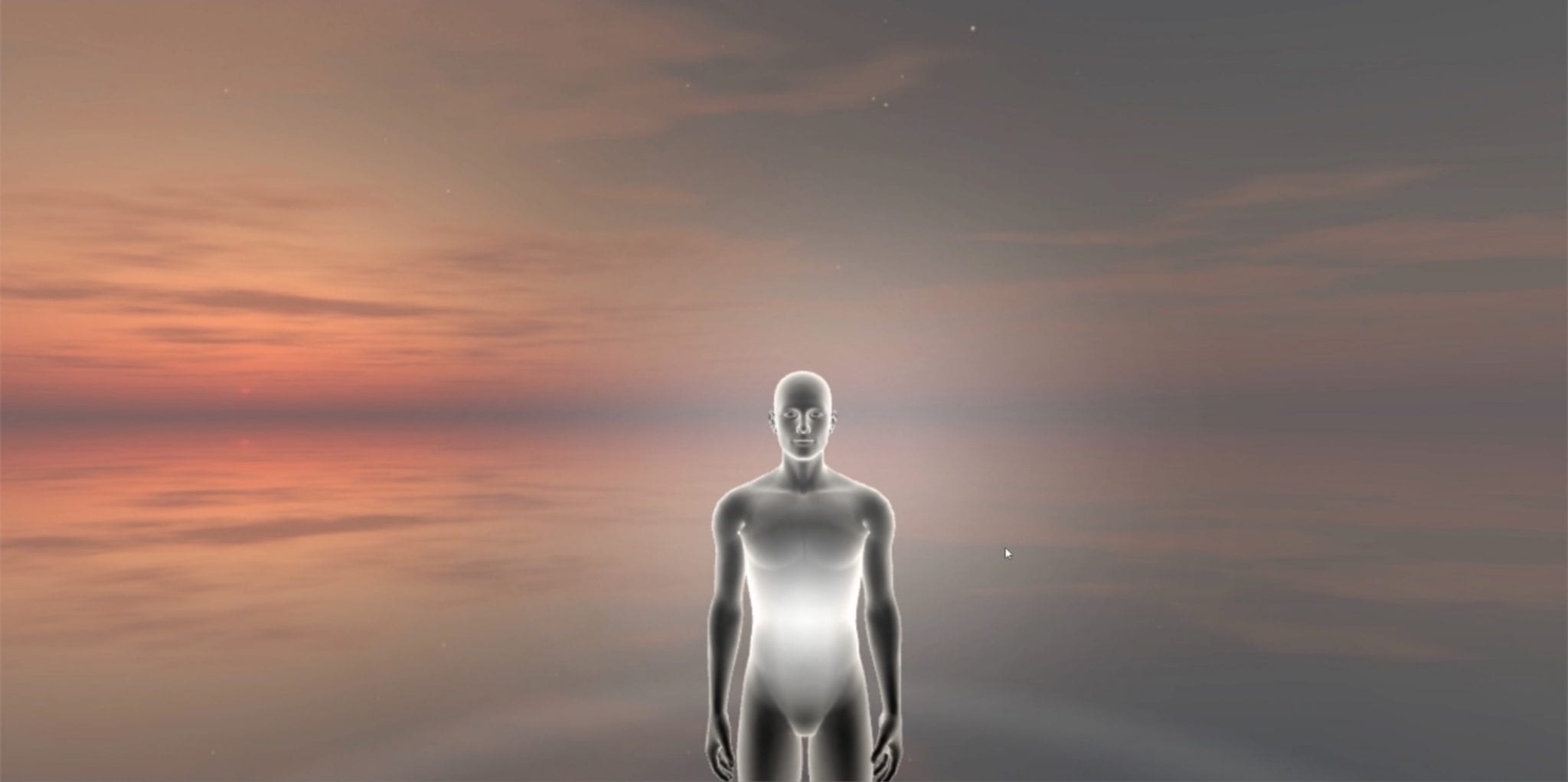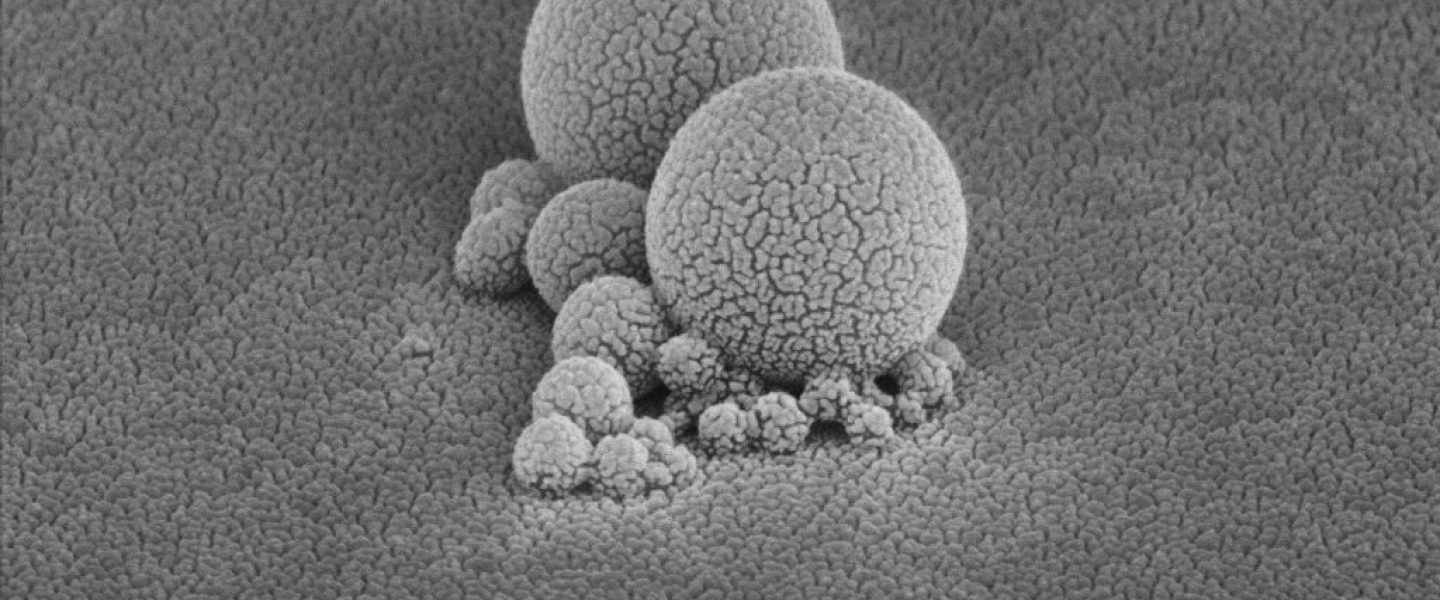2014-2016
Neuroscience research, art, and development of Virtual Reality heart rate biofeedback project
Visiting scholar and artist-in-residence at the Institute of Neuroscience and Quantum and Nanoscale Physics Alemán Lab, University of Oregon
Research between 2014 and 2016 was conducted with Dr. Michael Posner, Heidemarie Laurent, Irida Mance, Ed Vogel and his lab (now University of Chicago), Benjamín Alemàn, Benjamin McMorran among many others.
VR heart rate biofeedback project with guided meditations and nanoscale microscopy. Research between 2014 and 2016 was conducted with Dr. Michael Posner, Heidemarie Laurent, Irida Mance, Ed Vogel and his lab (now University of Chicago), Benjamin McMorran among many others.






 VR visual environment changes in-sync with the user’s heart rate (averaged).
VR visual environment changes in-sync with the user’s heart rate (averaged).
 “Unpleasant” imagery appears with faster heart rate, motivating the user to breathe calmer or relax. So more “pleasant” images (in-sync with slower heart rate) emerge again.
“Unpleasant” imagery appears with faster heart rate, motivating the user to breathe calmer or relax. So more “pleasant” images (in-sync with slower heart rate) emerge again.







